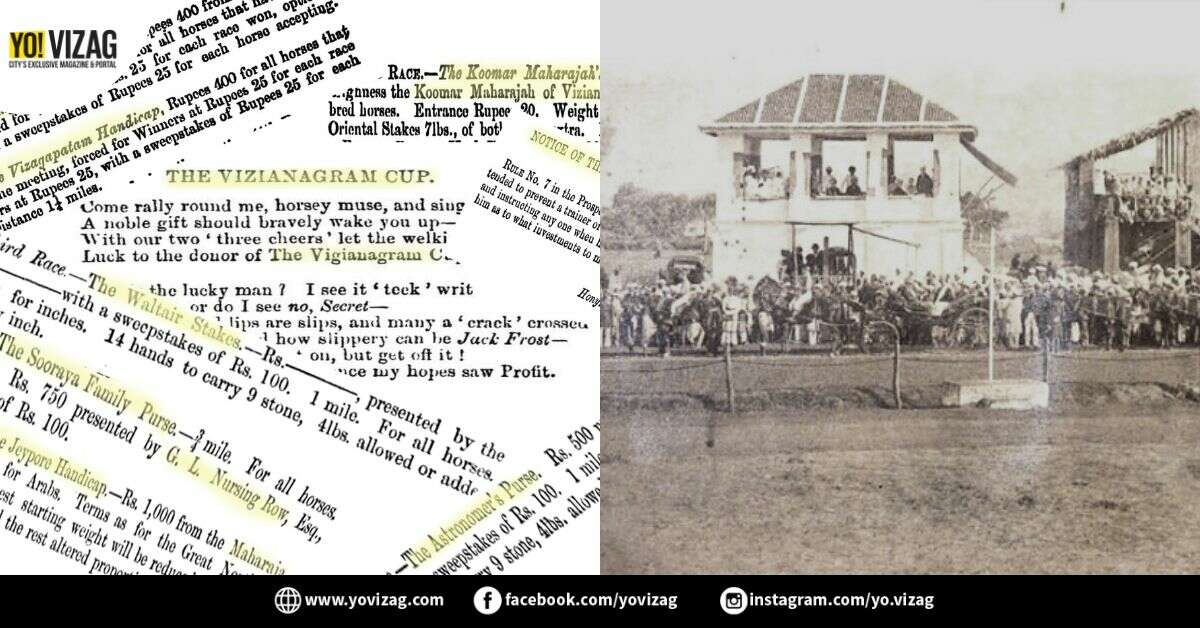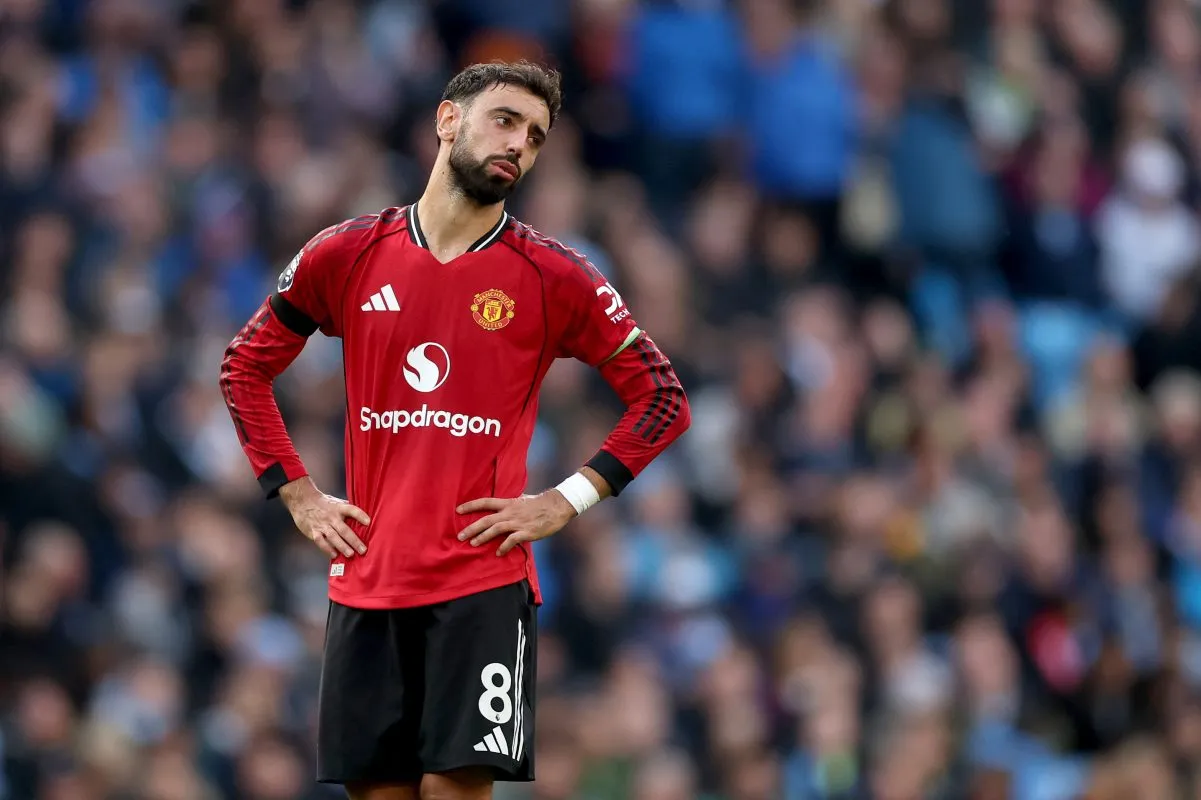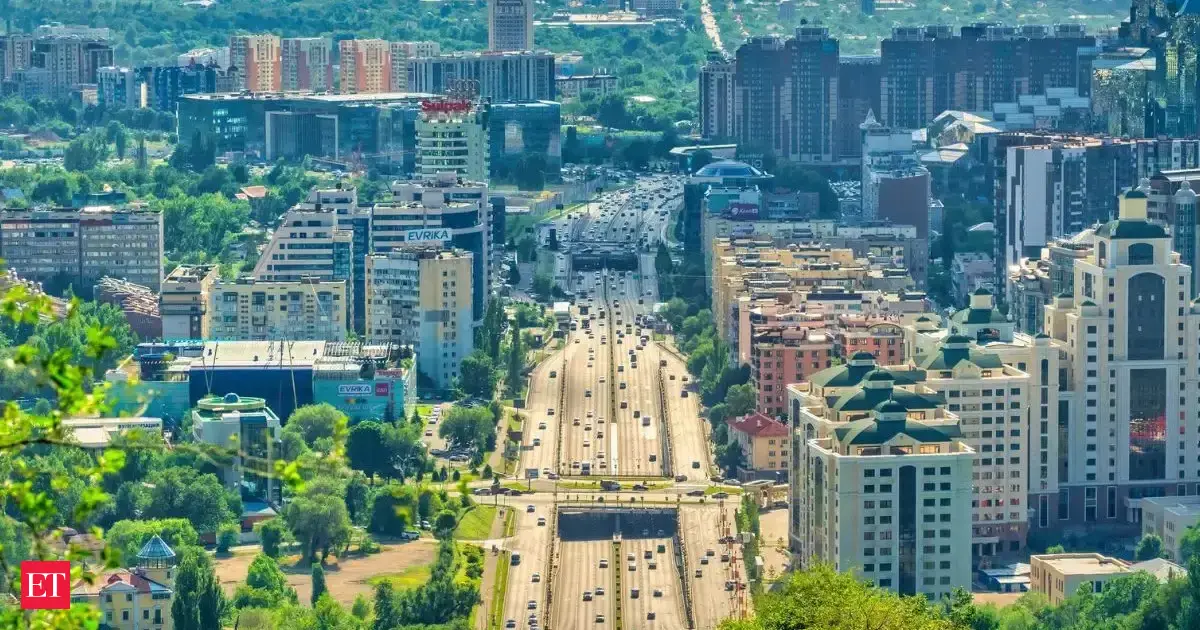By John Castellas,Team Yo! Vizag
Copyright yovizag

The Vizianagaram history of the 1800s offers a fascinating glimpse into the grandeur of South India’s princely era of horses races. The princely state of Vijeanagarum (aka Vijayanagaram, Vizianagram, or Vizianagaram) was, in the mid-1800s, the centre of political and social life amongst the many South Indian princely states. Ever since its noble head relieved Vizag from French occupation in 1758 (Je Suis Vizag) and gifted the factory town back to the British, the Rajah of Vizianagram and his successors were equally feted and frowned upon over succeeding years with the varying political and economic fortunes of the Zemandari and the Madras Government.
The mid-1800s was also the era of the horse and carriage, with the prominent owners of horses and stables in Waltair being the Zamindars, the Army, and the Police. Private carriages were expensive and limited to the wealthier classes for making private or business journeys, or ‘taking the air’ along Vizag’s Beach Road, where the Zamindars built their summer bungalows. Victoria’s and Landaus (four-wheeled carriages, for two passengers and two riders) were owned only by local Zamindars.
It was estimated that in the mid-century, about 200 individual horses were being ridden in Vizag. Horses played a part in most of Vizag’s major events, such as state and military occasions and festive celebrations. The Main Road was the only thoroughfare in the town, where visitors drove by carriage from landing at the harbour entrance to Waltair and beyond. The Collector and Judge went daily to the Cutchery by horse and carriage. Grey horses were preferred for wedding carriages and funeral cortèges for the elite.
According to the Vizianagaram history records about horses, the Maharajah of the princely-state loved horses and housed stables containing for his private army, polo, hunting, leisure riding, gymkhanas, and racing. His arrival on race day by Landau, drawn by four horses, driven by European postilions and two more outriders, was a ceremonial event.
In the 1890’s, after the railway construction cut through the old racetrack, the Maharajah (His Highness the Hon Maharajah Meerza Vijiaram Gajapati Raj Manea Sooltan Bahadoor of Vijianagram) entrusted Lieut. Waghorn of the Royal Engineers with the task of selecting and designing the new racecourse. Additionally, Lieut. W. A. S. Kincaid of the Royal Engineers designed the new grandstand. The main racecourse was one mile and three furlongs long (2.2 km) with easy curves at the ends and two straight sides each of 1800 feet (0.5 km). For the Waltair elite, the cooler months of November to January were much anticipated for many social events, the highlight of which was the Vizianagram Races. Vizianagram was part of the racing circuit that included Calcutta (Kolkata), Colombo, Madras (Chennai), Poona (Pune), Secunderabad, and Bangalore (Bengaluru).
The Oriental Sporting Magazine of 1877 detailed about the history of the Vizianagram Horses Races. The competing teams of racehorses, their handlers and jockeys would typically leave Calcutta for a three-day coastal trip by British India Steam Navigation Company steamer, stopping at False Point (near Paradeep) and Gopalpore (Gopalpur) before reaching Bimlipatam (Bheemuniptnam). Horse boats would transport the horses from the ships to be safely unloaded at the backwater jetty to avoid the surf.
The Maharajah provided carriages for the transport to Vizianagram, and the Training Track was busy with competing teams in their tents, horses coming and going for a training run, veterinarians inspecting horses, and curious onlookers. Horse owners paid nothing except the cost of transportation, and the generous Maharajah covered the cost of all prizes, food, and veterinary care of the horses, accommodation, festivities, shikar, and plenty of food and wine.
A typical day at Vizianagram started early on the training track, then Chota Hazri, and then the stables before racing. Chess and billiards followed in the afternoon, rifle shooting at the Garden House, or cricket on the Parade Ground, or croquet, and ended at night, which at last wound up with a grand dinner and Ball at the palace. Guests were known to talk of the Vizianagram race week as ‘the oriental grandeur of the East, where Pagoda and Gold Mohur trees still grow’ (a reference to the adage that money grew on trees to describe lavishness).
The Maharajah entrusted the organising of the races to Mr Willock Esq (Collector and 2nd President Waltair Club) as the Honorary Secretary of the races. The Waltair Club was the venue for the planning of the race prospectus when the Rajahs were residents at their Summer Palaces during June and July, as this gave horse owners plenty of time to prepare. Prize money of Rupees 700 to 1500 for each race was considered very liberal, and the main sponsors had races named after their interests. There was the Vizianagram Handicap, Ledger and Darby, followed by the Maharajah’s Cup, and the Koomar Rajah’s Purse. GL Nursing Row Esq sponsored the Sooraya Family Plate for Arab horses, AV Nursing Row Esq presented the Astronomers Purse for all horses, the Maharajah of Jeypore sponsored the Jeypore Handicap, and Rajah Sir Goday Gajapathi Rao presented a purse to the winner of the Madras Steeplechase. The royalty of Bobbili and Kurupam were active participants in the week’s events and hosted every kind of amusement like hunting, rifle matches, lawn tennis, racquets, billiards, and dancing.
The Maharajah of Vizianagaram had the lion’s share of race entrants and winners as he had the largest stables, according to history of horses. Some of the Waltair entities with horses included Rajah Sir Goday Gajapathi Rao with his Arab horse ‘Good Luck’ and Mr. Nursing Row with a bay Arab horse ‘Emerald.’
Mr. Willock, then Collector of Vizagapatam, had a horse named ‘Lucky Seven.’ As an anecdote, the Collector claimed to have had a vivid dream that his horse, in race seven the next day, with saddle cloth number seven, had won the Waltair Stakes. With odds of 7-1 he was certain of a big win and placed a bet of Rupees 77. At the bar that evening, when bets were being settled and sorrows drowned, he was asked about his winnings… ’he ran seventh’ was the sad reply!
The era of horse racing at Vizianagram faded in the 1900s, but it is still a feature in Indian cities like Kolkata, Chennai, Bengaluru, and Mumbai.
Stay tuned to Yo! Vizag website and Instagram for more heritage and photography-based articles.



